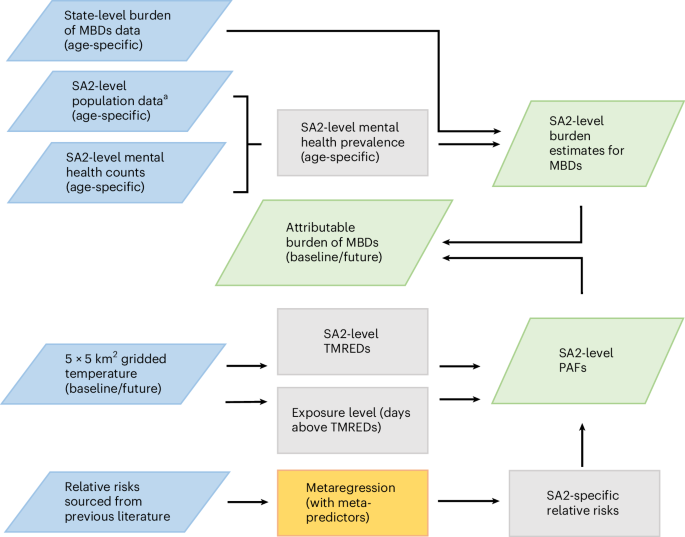Research from New York University and the Italian National Institute of Health reveals a link between attention deficit hyperactivity disorder (ADHD) and obesity, emphasizing the role of urban environments and impulsivity.
The study, published in PLOS Complex Systems, explores how ADHD contributes to obesity through both behavioral and biological mechanisms, and how these effects vary by location. ADHD and obesity are both prevalent health issues, often examined independently, but evidence suggests they may be interrelated. Individuals with ADHD frequently exhibit impulsive behaviors and lower levels of physical activity, traits that can lead to increased weight gain.
While prior research concentrated on personal characteristics and family backgrounds, this study shifts focus to environmental impacts. Factors such as access to healthy food, availability of mental health care, public spaces, and educational opportunities can shape health outcomes. The researchers analyzed data from 915 U.S. cities to determine the prevalence of ADHD and obesity in relation to city size and available resources.
Findings indicate that larger cities tend to have lower rates of both ADHD and obesity. The team utilized causal modeling to establish a pathway where ADHD leads to reduced physical activity, subsequently increasing obesity risk. This connection was more pronounced in cities with limited health resources and less significant in areas with better access to mental health services and education.
A separate analysis involving 19,428 children confirmed these trends. Children displaying more severe ADHD symptoms were less active and had higher obesity rates. Furthermore, higher education levels correlated with a lower risk of obesity, while food insecurity intensified the ADHD-obesity relationship.
The study also identified a second pathway wherein ADHD can contribute to obesity through impulsive eating behaviors. This may relate to variations in brain systems responsible for impulse control, such as dopaminergic signaling. Dopaminergic signaling is crucial for regulating motivation and attention, influencing both eating habits and physical activity levels.
Remarkably, the research found that urban environments provide some protective benefits. As cities grow, rates of ADHD and obesity decrease, and access to mental health services improves, which helps mitigate physical inactivity linked to ADHD. Lead author Tian Gan noted, “Our research reveals an urban advantage: As cities grow, both obesity and ADHD rates decrease proportionally.”
The implications of this study suggest that urban planning and public health interventions can significantly impact children with ADHD. Enhancing access to mental health services, creating more opportunities for physical activity, and addressing food insecurity may reduce obesity rates, specifically among children with ADHD.
Senior author Dr. Maurizio Porfiri emphasized the need for city-level actions to address impulsivity disorders and their contribution to the obesity epidemic. The findings highlight a more intricate relationship between ADHD and obesity, indicating that ADHD affects obesity not only by decreasing physical activity but also through direct biological mechanisms related to impulsivity and eating behaviors.
Co-author Dr. Simone Macrì stated, “Supporting physical activity, especially in children with ADHD, could significantly improve long-term health outcomes.” This research underscores the importance of considering environmental factors when addressing the dual challenges of ADHD and obesity.



